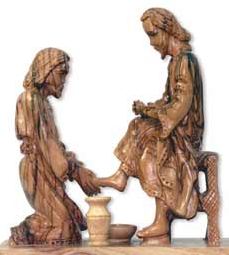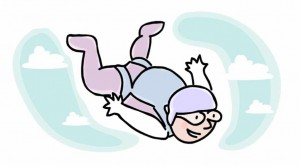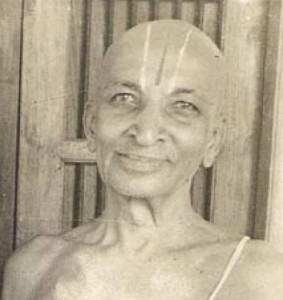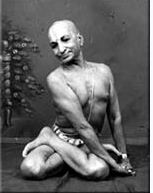
The story of modern day hatha-yoga (the yoga of postures) is a story of personal sacrifice. It starts with Krishnamacharya’s guru. It is not everyday that you get a student of the caliber of Krishnamacharya. Especially when you are living in a cave in remote Tibet! Then after having devoted seven years of your life to this exceptional student you finally have your chance to ask a price for your effort. What would you ask for? Would you ask for an expensive gift? Or would you have asked for an expensive education for your children? Krishnamacharya’s guru asked nothing for himself. Instead he asked that Krishnamacharya get married and devote his life to spread hatha-yoga.
On the same lines Krishnamacharya had a lucrative career ahead of him. He was widely recognized as brilliant and rising star. He could have easily accepted any one of the many offers to become a head of a religious order and could have paid lip service to his guru’s wishes. He would have had a easy life with social prestige and a life-long assured line of devotees. He chose instead to tread the difficult path of popularizing hatha-yoga, something that nobody was interested in at that time.
The tradition of service and sacrifice continued with Krishnamacharya’s students. Both B.K.S. Iyengar and Pattabhi Jois went through extremely difficult times but never wavered in their commitment to yoga. Indra Devi gave up her high-flying social life and a career in movies to become a yoga teacher. Both Desikachar and A. G. Mohan gave up lucrative careers to become yoga teachers.
This tradition of sacrifice and service continues till today. Thousands of yoga teachers have given up moneymaking careers elsewhere to become yoga teachers with very little remuneration and even loss of social standing. When any of us goes to a yoga class or benefit from doing yoga at home, let us take a moment to acknowledge the long chain of sacrifices that has bought yoga to our door step.



